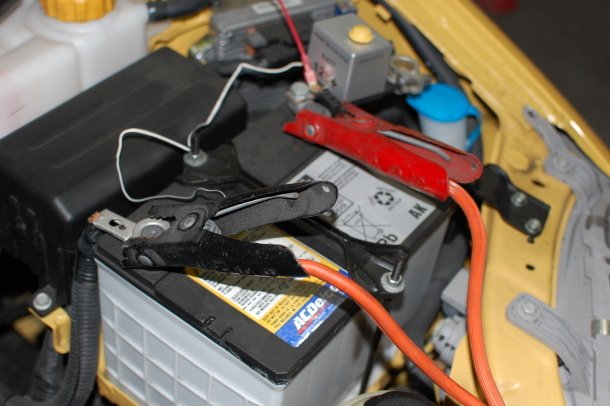Monday, November 21st, 2016 AT 2:28 PM
I called roadside assistance to get a jump start and I was listening to the radio for about ten minutes using just the accessory and when I attempted to start my car it would not start. At this time all the lights and radio etc were working, but the engine would not start. This is the first time I have ever had issue with starting my car. I purchased it new off the showroom floor no previous owners. Roadside assistance sent a tow truck service out to jump start my car. The tow truck driver accidentally reversed the polarity by connecting positive to negative and negative to positive on my car's battery. Within ten seconds white smoke starting wafting up from my battery and terminals this was prior to turning the ignition on in my car the tow truck engine was already running when the jumper cables were hooked up. As soon as the tow truck driver noticed the smoke coming from my battery he immediately switched the jumper cables to the proper polarity. Then I started my car and it started right up, but the radio was no longer working and neither was the dome light. The tow truck driver then checked the radio fuse in the fuse box under the hood and discovered the fuse was blown. I followed him down to O'Reiley Auto Parts to get some fuses. He tried installing a new radio fuse and it immediately blew when he inserted it. He removed it and tried another fuse and it immediately blew as well. At this time I requested he tow my car to the Jeep dealer so that they could run a full diagnostic to determine any repairs that needed to be done that were result of the reversed polarity mishap. The tow truck company has agreed to cover the bill. I have not heard back from the dealer about the damage. My question to you is what possible damage could have been done as a result of this mishap? I want to make sure I have covered myself.



